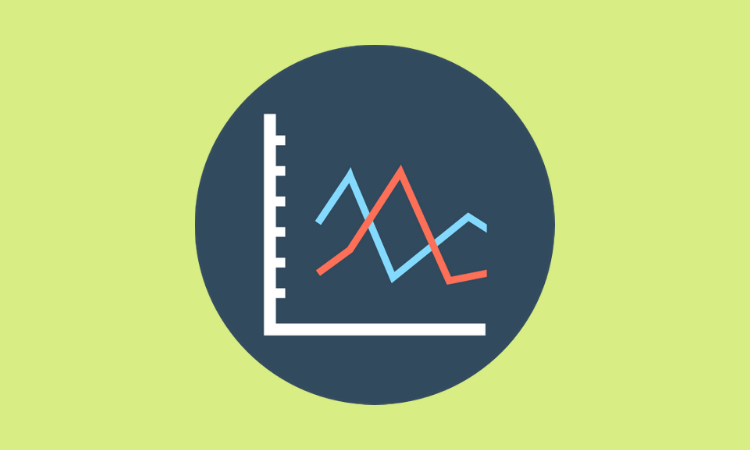Banking as a service, Embedded Finance, Member Exclusive
A closer look at Citi’s strategy for growing its TTS business in the 2025 BaaS landscape
- Citi continues to build infrastructure through API-driven solutions and deeply integrated partnerships — a strategy that has proven to be a reliable growth engine and a core pillar of the bank’s long-term vision.
- We look at how its Treasury and Trade Solutions (TTS) division is playing a central role in expanding the bank’s footprint in Banking-as-a-Service (BaaS).
Sara Khairi | July 10, 2025
Artificial Intelligence, Banking, Member Exclusive
How Bank of America cracked the code on AI adoption by making Erica indispensable to both customers and employees
- Bank of America transformed its customer chatbot Erica into an employee productivity powerhouse, achieving 50% IT service desk automation by strategically targeting common pain points and building adoption incrementally over five years.
- Learn the adoption secrets behind getting 90% of employees to embrace AI tools, including how Bank of America overcame the adoption hump and integrated generative AI with 25 proof-of-concept projects now entering production.
Rabab Ahsan | July 08, 2025
Embedded Finance, Member Exclusive
KeyBank deepens its collaboration with Qolo, modeling how banks can build deeper fintech partnerships
- The KeyBank-Qolo alliance reflects an evolution in how banks and fintechs can co-create value through deeper integration.
- We break down their partnership mechanics and what makes it effective.
Sara Khairi | July 03, 2025
10-Q, Member Exclusive
With its historic asset cap lifted, what exactly does Wells Fargo plan to do with its regained freedom?
- In early June 2025, Wells Fargo finally saw the infamous asset cap lifted.
- What did it take for Wells to reach this turning point? And how does it plan to make the most of its second chance?
Sara Khairi | June 30, 2025
10-Q, Member Exclusive
Wise goes West: Why the London fintech star is headed for a US stock exchange, and what it signals about global capital markets
- Wise announced it plans to shift its primary stock listing to a US stock exchange, a move both strategic and symbolic that underscores tectonic shifts in the global listings landscape.
- Wise’s decision is less about location and more about evolution. And London, for now, remains a proud hometown - but a second choice.
Sara Khairi | June 16, 2025








